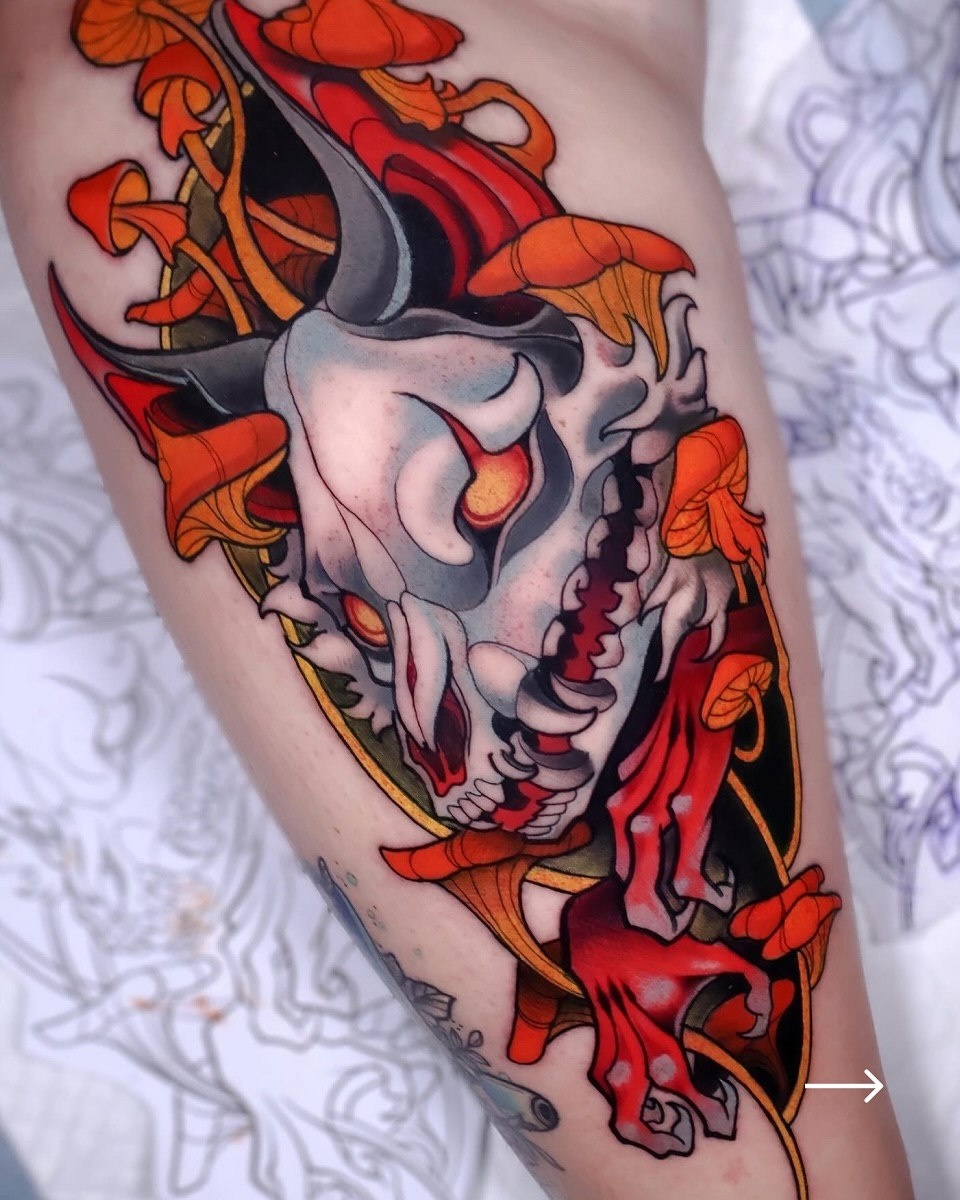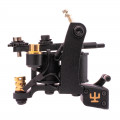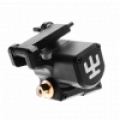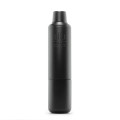At first glance, seduction strategies and professional tattooing seem to have nothing in common. One is about charm and psychology, the other is about art and precision. But look deeper, and you’ll find a surprising connection: both can benefit from the powerful tools of neuro-linguistic programming (NLP).
While some use NLP to impress girls or gain influence, others are leveraging it to master complex skills — like tattooing — in record time.
Why NLP Was Really Created — And How It Relates to Tattooing

NLP wasn't designed to manipulate or seduce. It was created to model expert behavior and transfer complex skills quickly and efficiently. Instead of spending five or ten years mastering a craft, you could absorb the core competencies in a matter of months.
This is exactly what happens when you apply NLP to tattoo training. By breaking down the actions of experienced tattoo artists and reconstructing them into teachable patterns, learners can bypass years of trial and error.
Explore Vlad Blad Tattoo Machines
The Problem: Pop Culture vs. Professional NLP
Most people misuse NLP. A quick search online shows that the most popular NLP topics focus on how to manipulate others. This same misuse appears in tattooing — where beginners jump in with cheap gear and YouTube tutorials, hoping for fast results without any structure.
A Better Way to Learn Tattooing
After attending multiple trainings on skill transfer, I created a streamlined system for teaching the Correct Tattooing Technique. This approach focuses on:
- One-pass contouring (no multiple passes)
- Even coloring
- Smooth shading gradients
- Minimizing or eliminating corrections
Most students can develop the base skill (like clean outlines) in just one intensive class. From there, it’s about reinforcing those skills through self-practice — and optionally attending a correction session a few months later.
Tattooing Is a Physical Skill — and That Matters
NLP assumes: any skill can be transferred if basic physical compatibility exists. If you have two working hands and can hold a machine, you can learn. But if you can’t draw a clean line with a pen, it will show in your tattoo work.
Your Gear Will Either Help You or Destroy Your Progress
Tattooing isn’t just about the artist — it’s about the tools. Practicing on low-quality equipment won’t just slow your growth, it’ll train the wrong instincts. Invest in professional machines, a proper power supply, and the right accessories. Your hands will thank you.
The Shortcut That Isn’t a Shortcut
This isn’t about cheating the system — it’s about skipping the noise and focusing on effective methods. Just like in pick-up culture, there are fast-track methods — but the ones that work involve genuine skill-building, not illusions.
Conclusion: Learn Smarter, Not Just Harder
Learning to tattoo doesn’t have to take years. But it does require smart work, consistency, and a solid training system. NLP helps structure that learning, giving you a framework to accelerate your development — if you use it correctly.
FAQ
How can NLP help me learn tattooing fast?
NLP breaks expert skills into repeatable steps, allowing you to master them faster with less trial and error.
Is one class enough to learn tattooing?
One class can build the base skill, like clean outlines or shading. You'll still need to practice and might benefit from a follow-up session.
What equipment should I start with?
Use professional-grade tools: a reliable machine, stable power supply, good needles, rubber bands, ink, and the right machine setup.
Do I need to be good at drawing first?
Yes. If you can’t control a pen, it will reflect in your tattoos. Start by practicing clean lines on paper.
Can I use this system if I’m a complete beginner?
Absolutely, as long as you're committed, have the right equipment, and follow a structured training system.





Leave a Comment